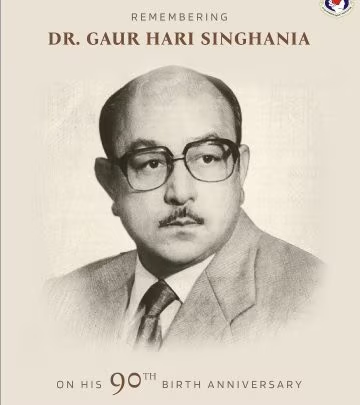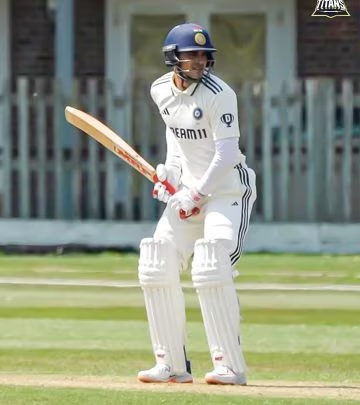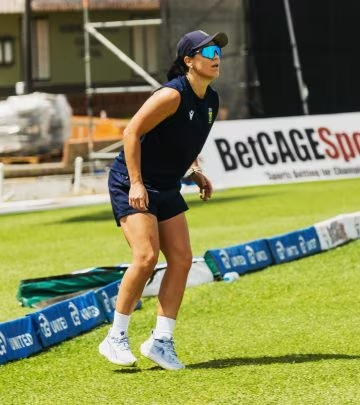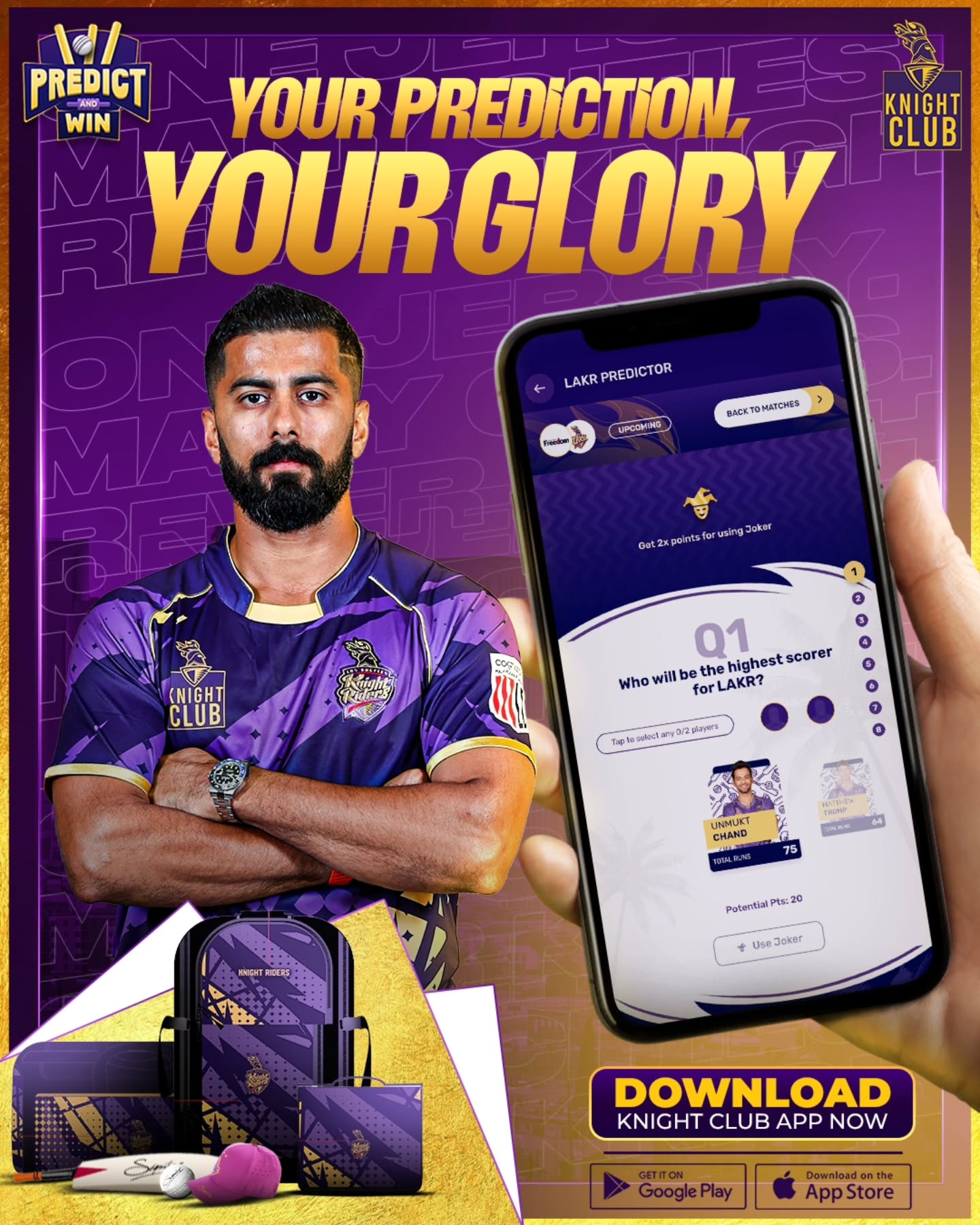PaceLab’s Attractor Training: Boost Fast Bowling Performance
Innovative training methods focus on stability, speed, and injury resilience for fast bowlers.
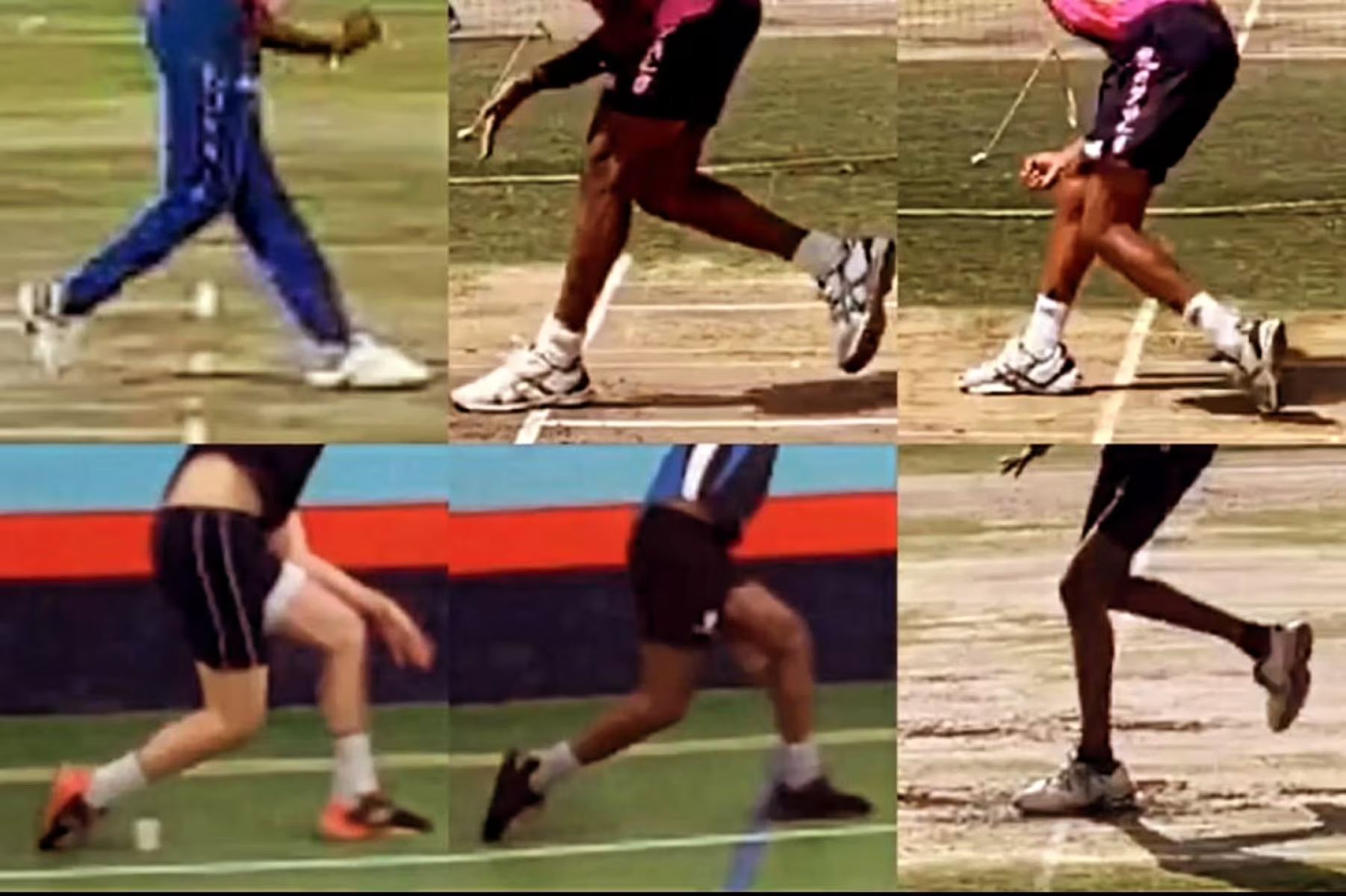
Image: Instagram
In a groundbreaking update for fast bowling techniques, PaceLab Limited has unveiled its latest training approach focused on attractors—the reflexive, neuro-motor anchors that stabilize a bowler’s action under pressure. With the fast pace of modern cricket, maintaining precise technical consistency during high-speed deliveries is paramount. Coach Steffan Jones, a recognized expert in fast bowling, is at the forefront of integrating these attractors into training sessions, promising significant improvements in both performance and injury prevention.
The Role Of Attractors In Fast Bowling
At the core of the new technique is the idea that stability under pressure is not about executing a perfect motion every time; it is about ensuring that key positions are maintained during critical moments of the bowling delivery. The training emphasizes three primary types of attractors:
• Active Attractors – These not only boost speed but also offer protection, such as maintaining ankle stiffness during delivery.
• Active Emergency – Although they protect the bowler, they might come at the expense of reduced performance, such as the back leg release.
• Passive – These are deemed unsafe and inefficient examples like a collapsed knee.
In the PaceLab Limited system, these attractors emerge as the body’s inherent response under high force and time pressure. Whether during back foot contact (BFC), front foot contact (FFC) or ball release, the technique trains bowlers to strengthen their active attractors while destabilizing poor ones. As the post from PaceLab outlines, training under time pressure leads to stiffness at the front foot contact—a vital factor in joint protection and performance consistency.
Training Techniques And Strategies
Coach Steffan Jones, whose expertise is well documented on multiple platforms including his popular Instagram handle @steffanjones105, explains how high-load drilling and variability through split landings and fatigue drills are crucial to the program. Using methods such as resisted hip blocks and unstable surface reactions, the training strategy aims to integrate the reflex patterns seasoned by in-match pressure with technical precision on the field.
The attractors concept is detailed further in PaceLab’s communications. The system informs that when bowlers face high force zones—like during the transition phases of their delivery—they often switch to reflex patterns such as the stumble or crossed-extensor reflex. These motions may not always be ideal but provide the necessary stability when under stress. By systematically drilling these phases with controlled chaos and reaction cues, PaceLab ensures that what is stable is also fast.
Fast Bowling Performance And Injury Prevention
Under match conditions, bowlers naturally gravitate toward familiar, stable positions to handle sudden pressure surges. However, opting for stability over ideal technique can lead to accumulating technical faults and increased injury risk over time. With PaceLab’s attractor training, the aim is to recalibrate this default response. The training not only maximizes active attractors but also works to disrupt those that are detrimental—ensuring that stability does not come at the expense of speed.
Steffan Jones has been a vocal advocate for blending advanced training technologies with classical technique. In recent related sessions at his PaceLab academy, he has incorporated tools like Runmaka VR and PocketRadar to measure ball speed and monitor biomechanical outputs during training. These initiatives underscore a data-driven approach, where weekly metrics provide feedback on whether a bowler’s intervention is effective or if adjustments are needed before the onset of fatigue or potential injury.
Integrating The Pacelab System With Modern Cricket Training
Recent Instagram posts by Steffan Jones highlight his commitment to holistic training methods. One post showcased an intense training session where traditional yoga and mobility routines complemented technical drills—a dual approach ensuring that bowlers not only focus on intensity and power but also on recovery and flexibility. This multi-dimensional strategy reinforces the idea that high-intensity training must be balanced with adequate recovery, thus preventing overuse injuries while maintaining peak performance levels.
The PaceLab approach also delves into the nuances of phase transitions under fatigue. By identifying key risk zones in the lumbar, shoulder, and hamstrings, coaches can pinpoint the moments when a bowler’s mechanics begin to falter. With data trends from repeated measures, adjustments are implemented in real-time to ensure that each bowler reaches their performance ceiling without undue risk.
Steffan Jones, whose rich background in cricket coaching is well complemented by his academic and professional accolades, emphasizes that the key to superior fast bowling is not just volume but precise intensity. Rather than simply chasing more overs or reps, the focus is on ensuring that every delivery is executed with the right combination of speed and controlled force. This method not only refines the bowler’s technique but also cultivates the mental discipline required to sustain performance through rapid phase changes.
As cricket continues to evolve, PaceLab’s attractor training could set a new standard for coaching support in fast bowling. By merging state-of-the-art biomechanical analysis with traditional practice drills, the program stands as a testament to the innovative spirit of modern cricket coaching.
The integration of attractor training represents more than just a technical upgrade—it embodies a shift in how coaches and athletes perceive performance under pressure. Enhanced by detailed performance metrics and an evidence-based approach, fast bowlers are now better equipped to handle the multifaceted challenges of match conditions. With seasoned coaches like Steffan Jones leading the charge, the future of fast bowling training is looking sturdier, faster, and remarkably safe.
Read full bio of Nisha Bharatan









